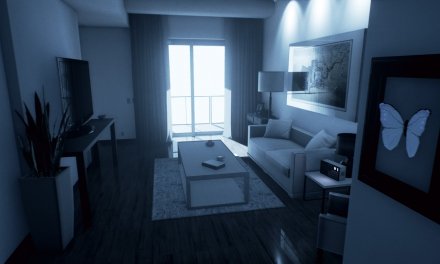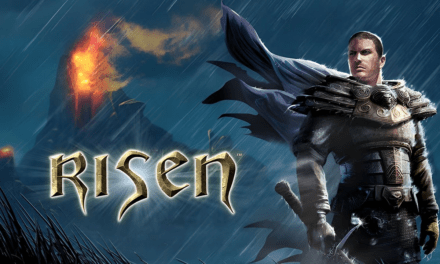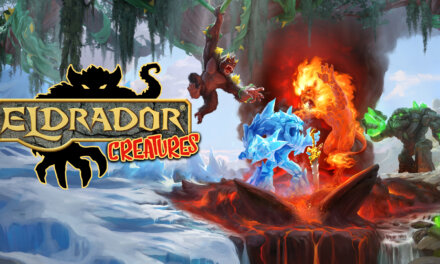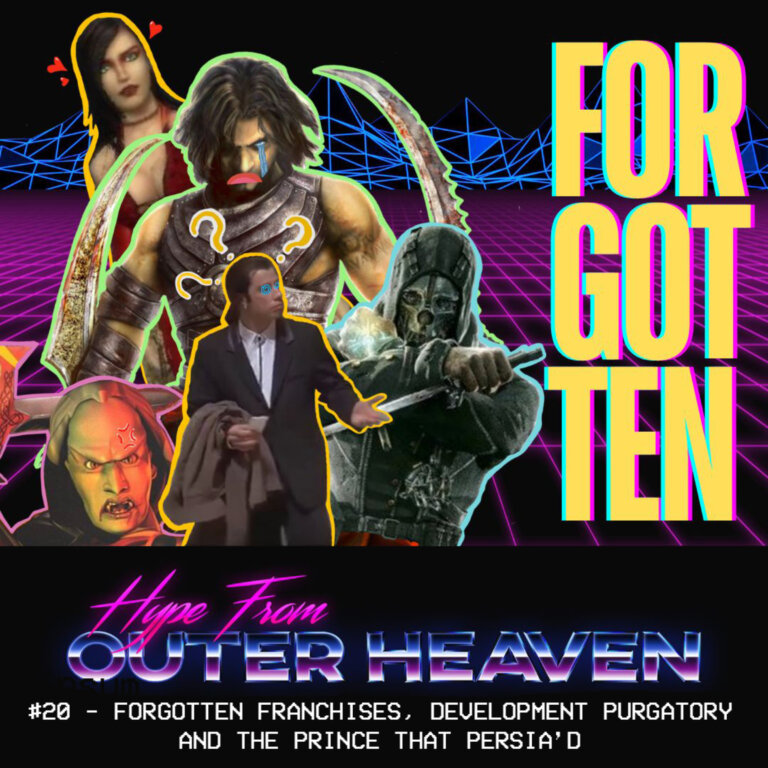“Praise be to Mother!”
Having been in development for the last 10 years, Iconoclasts has been the sole labour of love for self-taught pixel artist Joakim ‘Konjak’ Sandberg, who has meticulously developed every aspect of the game, from the visuals, soundtrack to the stellar cast of characters. Iconoclasts lends itself to the Metroidvania genre, borrowing a lot of classic platformer elements in a blend with action RPG’s that makes the title very refreshing for the current indie market. Having released on the 23rd January 2018 for the PC, PS4 and PS Vita, I’ll be going over the PS4 version of the game, detailing the time I’ve spent within, as well as whether the title is worth your time and money at the £15.99 asking price.
The indie market over the last decade has been booming in terms of popularity; developers from all over the world are cashing in on what could be seen from the outside as a niche market, but is by no means a lightweight in terms of its following 0r fan base. It could also be argued that indie games were the catalyst for video games to finally be seen as a medium of art, in which games such as Sand Sailor Studio’s brilliant Black The Fall stand as a prime example. Reinforcing this idea is that indie developers are not held to the same strict guidelines that their AAA peers may be subject to, allowing them to be more freely creative when developing video games. Joakim ‘Konjak’ Sandberg is one such developer (best known for Noitu Love 2: Devolution and Chalk) who is a self taught (and highly skilled) sprite artist, known for a number of indie platformers and over the top boss battles.
Konjak’s particular style is one that has been very trial and error, as he attributes his failures over the years to be the foundation of his skills, having taught him everything he knows. His most recent title: Iconoclasts, has been in development for the better part of a decade, where Konjak has meticulously developed every aspect of the game, from the art direction, soundtrack to the in-depth and emotionally-charged story (which I honestly wasn’t expecting from an indie platformer). Inspired by the likes of Metroid and the Castlevania series, the game fits very well within the sub-genre of Metroidvania, borrowing various gameplay elements from either titles, while maintaining its own distinct identity. One could be mistaken for assuming that Iconoclasts is nothing more than a platformer on its surface, however the game is anything but, and can be best described as an action-RPG/platformer hybrid, hosting the narrative structure found in an RPG while embedded within the gameplay confines of a platformer, creating an interesting blend of genres that (to the developer’s credit) works extremely well.
![]()
Dedication to the craft: The amazing sprite work seen in Iconoclasts’ visuals were all hand-crafted by Konjak himself.
The story of Iconoclasts follows a young woman called Robin, a silent but charismatic mechanic living under the strict, totalitarian society of the One Concern. The One Concern is the ruling body in the world of Iconoclasts, stripping the land bare for the valuable resource known as ‘Ivory’ while subjugating its citizens to slave labour with the ever looming fear of religious persecution known as ‘penance’, a ‘malignant divine force’ (in the form of a pissed off robot) that is cast down on those who commit sin, on behalf of their ‘benevolent’ ruler known as ‘Mother’. Robin is a self taught mechanic, in a society where only licensed mechanics are allowed to work with the precious ivory, making her a prime target for the agents of the One Concern. Robin eventually gets captured by the One Concern and meets a pirate by the name of Mina, whose people reject the teachings of the One Concern and live in giant underwater cities as fugitives. Upon escaping with Mina, Robin is led down a dangerous path of self discovery, gaining numerous allies along the way in a bid to save the world by overthrowing the One Concern for good.
The narrative direction is certainly one of Iconoclasts strongest selling points, dealing with many complex issues such as religious persecution and differing ideals which makes the game feel very current within the political sphere of 2018. The game has an amazing ability to appear innocent on the surface, slowly building up the character of Robin in the form of her naive sense of helpfulness (which gets her into trouble more than once) as well as building the greater mystery of the game’s world through interaction with the games many NPC’s (they always have something to say don’t they?). Before long however the game will take a sharp turn, going from a rescue mission to a quest where the very fate of the world is at stake; while the story can be quite dark in points, it still manages to maintain a level of humour throughout the whole affair, which complements the serious tone of the game entirely. In addition to this, the characters themselves feel remarkably alive in their motivations and convictions; one character in particular: Elro (Robin’s older brother) goes through one hell of story arc throughout the game, going from law abiding family man, to someone who has lost everything whose only intent is protecting the last thing he holds dear: Robin. The quality of writing in the characters is paramount to a strong narrative, which is a testament to Konjak’s ability to write a detailed story that can effectively relate to people on a human level.
![]()
Iconoclasts: While serious in nature, the game maintains a level of humour that can’t be beaten.
At £15.99 and 212.3MB, one could be forgiven in thinking that Iconoclasts would be a relatively short and shallow affair, however the main story can take anywhere between 10-15 hours to get through, giving you lot of bang for very little buck. Gameplay is also an area where the title shines, sticking within the aforementioned platformer tropes, while adding in its own elements to make the title feel unique. Robin navigates the world with the help of her trusty wrench, using it to solve area puzzles and open doors which opens up the way to the next area. The different zones found within Iconoclasts are all self contained puzzles in their own right, requiring you to use the old grey matter if you want to progress. The game also makes heavy use of boss fights (Konjak’s signature element) boasting over 20+ fights over the course of the game. Each boss has their own mechanics in how it is defeated, making heavy use of Robin’s stun gun and wrench (both of which can be upgraded throughout the game).
The game world also offers a deep level of exploration, having many hidden areas that contain chests and other items that tie into one of the game’s more standout gameplay features: Tweaks. Tweaks are items that are crafted with resources found within chests throughout the game, and offer little passive buffs that can aid the player in certain situations, such as being able to swim for longer or being invulnerable to 1 enemy hit. Schematics for new tweaks are also dotted throughout the world, rewarding players if they do decide to explore the environment. Tweaks (much like Robin) can also be damaged if hit by an enemy; starting with the right most tweak, if damaged they can be restored by destroying certain statues and enemies to regain energy, making you take a careful approach when dealing with certain types of foes.
![]()
Each boss in Iconoclasts has their own method of being taken down, requiring you to use the ol’ grey matter from time to time.
Overall I enjoyed the time I spent with Iconoclasts; the story and narrative structure compliment the simplistic (yet graceful) gameplay design in one of the more interesting fusion of genres I’ve played to date. Couple in an amazing cast of characters, ridiculously fun boss fights as well as an overall high-quality layer of polish and you have a winning formula that makes Iconoclasts one of the most unique and fun titles of 2018 (and it’s only January).






